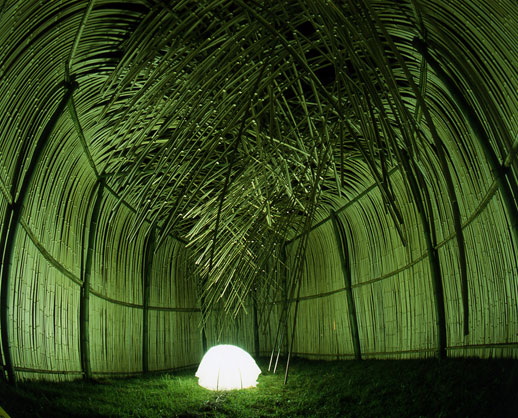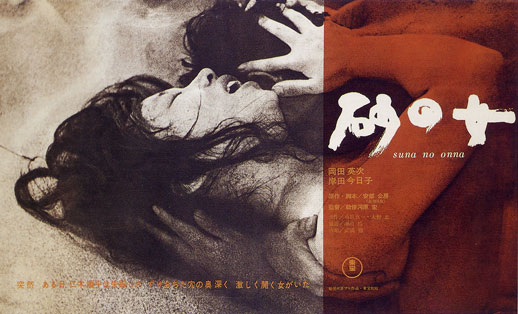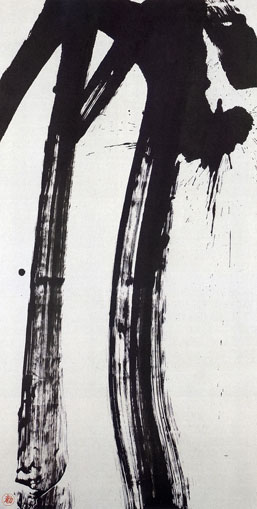Hiroshi Teshigahara’s Multimedia Tradition

For many people Hiroshi Teshigahara is primarily associated with his cult underground hits of the 1960s and 70s (Woman of the Dunes and The Face of Another). These moody and evocative films hover between the dream-like, the apocalyptic and the achingly beautiful. Filled with stark shapes and montages in black and white they simultaneously compel and repulse. They are full of striking contrasts and strong visual motifs.

These qualities are clearly apparent within the exhibition at Saitama Museum of Modern Art, which works as a succinct overview of his career. Succeeding his father as the head of the Sogetsu school of Ikebana in 1980 he managed to make the medium his own. If you were ever under the impression that an artist whose primary medium of expression is flower arranging would be mundane or suburban, then the first room of this show will instantly rid you of this preconception.

The first room acclimatizes you to the beauty of Ikebana. It is primarily filled with photographs and still video sequences of various arrangements. The small video in the corner shows him building a ‘live’ arrangement (1986). This collaboration with a Noh performance is more akin to a happening or ritual than simply a recording of a process.
As you continue to walk through the exhibition, a connection between materials and space becomes gradually more accentuated as the Ikebana morphs into life size installations. Natural materials take on abstract qualities as they are combined like colors in a palette of paint. All of the work retains an immediacy and intensity as some shapes intertwine, fighting but ultimately succumbing to the artist’s intention to mould them. Colors vie with textures as they are carefully and skillfully balanced. Attention to detail is carefully allowed to form an overall completeness and harmony that is both stark and lush, wild and cultivated, natural and worked on – his art is an art of contradictions that are ultimately resolved in the balanced beauty of the image and materials. His work seeks to accommodate individual expression within a prescribed format while being both avant-garde and evocative of ancient traditions.
Whereas his films marry the sense of interior space to outside perception through symbolic imagery, his pottery, shodo and Ikebana re-contextualize the spaces themselves through the materials of which they are made. A staircase in Tokyo thus becomes a rippling river of curved bamboo canes while a Parisian landscape becomes a Japanese tea room. His willingness to experiment with a variety of media make Teshigahara a truly versatile artist but his dedication to the beauty of a particular form makes his work particularly poignant and specific.
Rachel Carvosso
Rachel Carvosso



